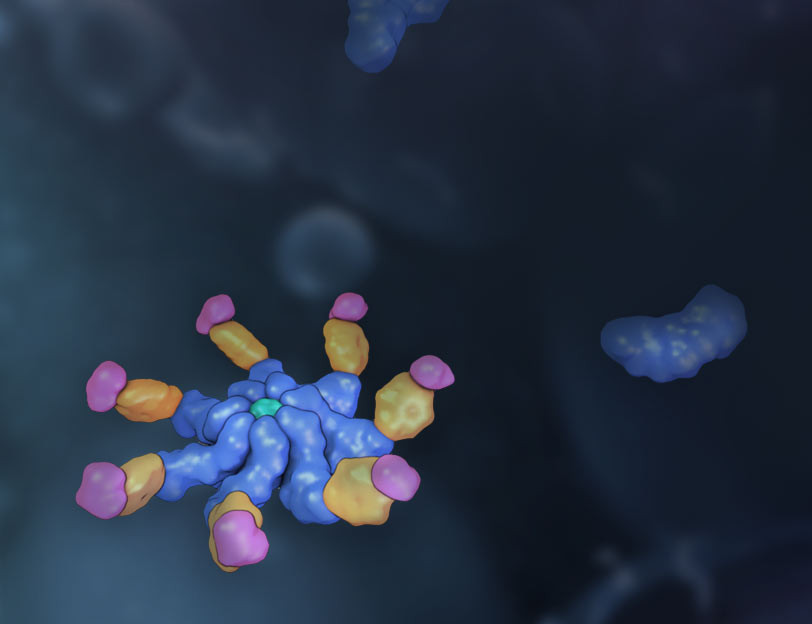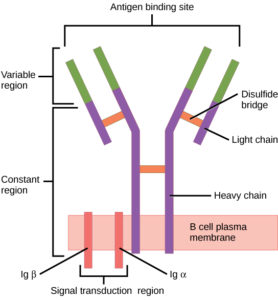Prior to the COVID-19 pandemic, the incidence of adolescent type 1 diabetes was steadily increasing at a rate of 1.9% per year in the United States and 3-4% per year in European countries (3,7). Since the pandemic, however, several studies have reported an unprecedented surge in type 1 diabetes in children and teenagers.
Continue reading “COVID-19 and Type 1 Diabetes: Exploring the Potential Link”autoimmune disease
NLRP3: The New Hope for Treating Chronic Inflammatory Diseases

Our innate immune system was meant to do good. Up until a century ago, most humans died from infectious diseases like diarrhea, tuberculosis and meningitis. Over millions of years, our immune system has evolved to fight these life-threatening infections from pathogens. As a result, we have developed a highly efficient response to these tiny invaders. But it seems that our immune system may be turning against us.
Continue reading “NLRP3: The New Hope for Treating Chronic Inflammatory Diseases”B Cells, T Cells and Now X Cells?
The cause of type 1 diabetes (T1D) is not well understood. What is known is that in T1D, immune cells attack pancreatic islet cells that produce insulin. In addition, insulin is an autoantigen that activates T cells in diabetic persons.
A new discovery by Ahmed et al. could further T1D understanding. These findings are also setting B and T cell paradigms on their ear.
About B Cells and T Cells

B cells (B lymphocytes) are part of the cellular immune response. They act by means of surface receptor molecules that are immunoglobulins. These B cell receptors are created by highly variable gene rearrangements that result in a huge variety of these surface immunoglobulin molecules. The beauty of B cell receptors (BCR) lies in the fact that, through random gene rearrangements comes a such large variety of B cell surface receptors, that any foreign antigen that makes its way into the body is recognized and snagged by a B cell receptor.
B cells then internalize, process and present these antigens to T cells. Continue reading “B Cells, T Cells and Now X Cells?”
